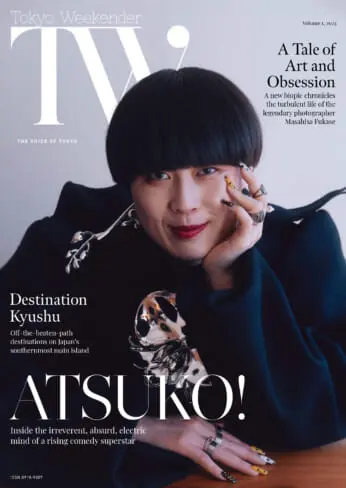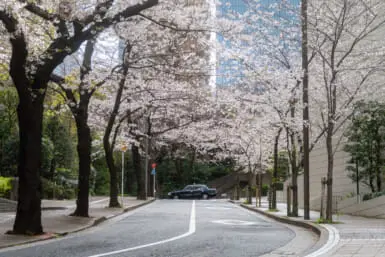by Boye Lafayette De Mente
One of the most remarkable things about young Japanese today is an almost obsessive compulsion to “de-Japanize” themselves; “to transform themselves into a new identity.”
One day in the mid-1950s, when I was walking toward the north entrance to Tokyo Central Station, I found myself behind a conspicuously blonde-haired woman with a shapely figure.
Since blondes were rare in Japan during that era, I increased my pace in order to pass her and see what she looked like from the front. I was more than mildly shocked to discover that she was a Japanese who had bleached her hair.
This incident inspired me to write a short story in which I postulated that on some given day in Japan, the Japanese would awake to find that half the population had blonde hair, and that it could not be washed out.
I went on to postulate that this extraordinary transformation resulted in a massive psychological trauma that was so severe that Japanese society began to disintegrate, disrupting the government and the economy on a scale that could not be imagined.
Over the next several decades it became fairly common to spot young women—and some teenaged boys—who had added a tinge of color to their hair, always reminding me that in the heady days prior to and during World War II any Japanese who did not have black hair was subject to harassment and even arrest by authorities because any hair color other than black was regarded as un-Japanese and therefore suspect.
Fast forward to 2001, and we find that millions of young Japanese girls, and a growing number of boys, are now coloring their hair in shades that range from an attractive russet to a loud yellow—a phenomenon that is so far away from the traditional Japanese mind-set that it is both unreal and surreal to old Japan hands like myself, and surely to older Japanese as well.
This “blonding of Japan,” now aggressively promoted by manufacturers of hair coloring products, is not just a new cosmetic fashion. It is a manifestation of the fundamental compulsion among the younger Japanese to differentiate themselves, to break out of both the racial and cultural molds that have historically identified them and limited them.
By changing the color of their hair, these young Japanese are totally rejecting the racial and cultural homogeneity that has long been seen as distinguishing the Japanese from all other people. These young people don’t want to be the same as all other Japanese. They want to be different.
This repudiation of the traditional mind-set of the Japanese is disconcerting to older Japanese because they can no longer understand the younger generations or predict their behavior as consumers or workers, and fear for their country.
But this phenomenon does not represent a danger to Japan, as was implied in my 1950s story. On the contrary, it is a powerful conspicuous signal that younger Japanese are developing a sense of individuality and independence, that they are no longer clones of their homogenized forebears.
It is, in fact, this new kind of independent thinking and acting Japanese who, hopefully, will provide the entrepreneurial spirit that Japan now desperately needs to survive and prosper. And I hope that the brave woman I encountered nearly half a century ago, wherever she is, is aware that her courage and pioneering spirit is now paying dividends.
Copyright ©2001 by Boye Lafayette De Mente








